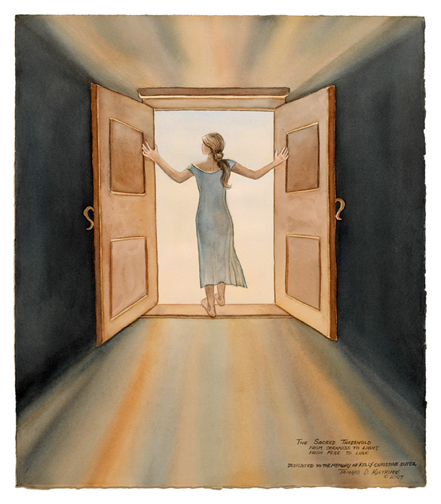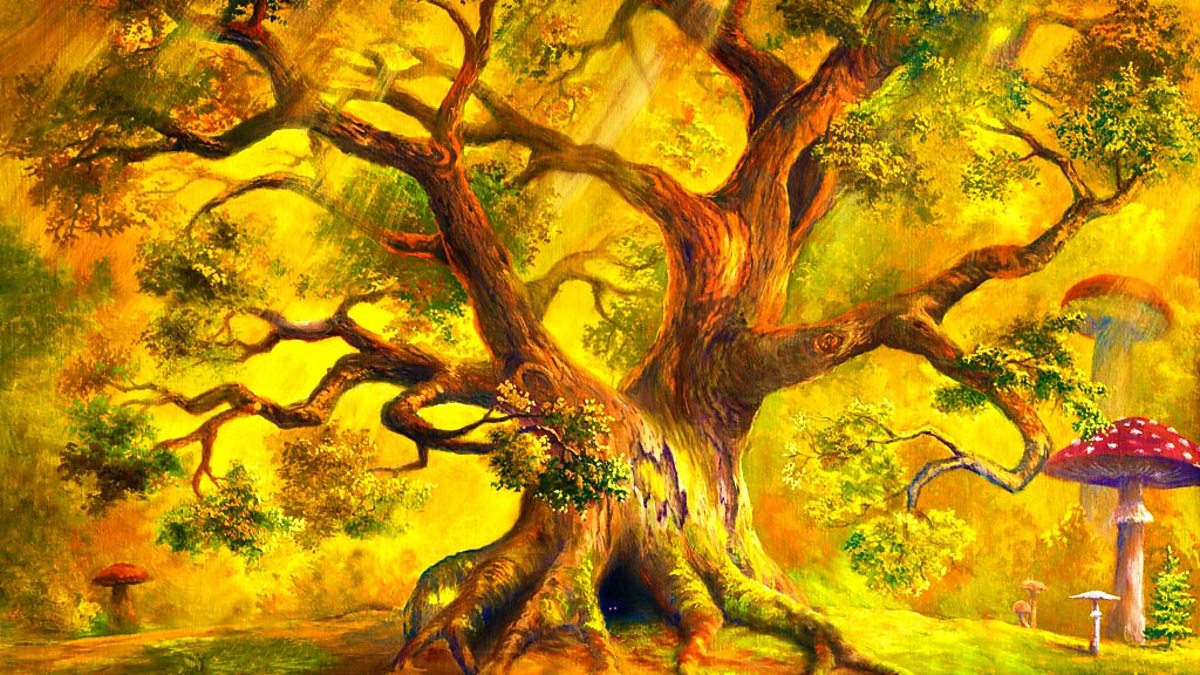 I’ve been back from the US for nearly two weeks now. On one level, I got back in to the normal run of things pretty quickly. I was back teaching 24 hours after landing at Heathrow; the majority of jet lag had faded within 2 days; and my client work resumed in a way that seemingly belied by absence for a week. Since returning, my interactions with friends, family, colleagues, clients have had me reflecting upon how we end up communicating our experiences; especially those of a profound nature. Can we ever truly reveal ourselves? Do we want to? Do we need to?
I’ve been back from the US for nearly two weeks now. On one level, I got back in to the normal run of things pretty quickly. I was back teaching 24 hours after landing at Heathrow; the majority of jet lag had faded within 2 days; and my client work resumed in a way that seemingly belied by absence for a week. Since returning, my interactions with friends, family, colleagues, clients have had me reflecting upon how we end up communicating our experiences; especially those of a profound nature. Can we ever truly reveal ourselves? Do we want to? Do we need to?
And, it hasn’t been easy to know what to share when asked “So, how was it?”.
On a very practical side, I know that part of the commitment in becoming a student of Vajrayana Buddhism is to keep the teachings and practices secret. In the words of Judy Lief, the teacher who led the retreat I attended back in June:
“The tantric path requires complete engagement and fierce dedication. There is a quality of directness, abruptness, and wholeheartedness to it, and it is said to be the more rapid but more dangerous path. Tantrikas, or vajrayana practitioners, recognize that the most challenging aspects of life—the energies and play of confused emotions and frightening obstacles—can be worked with as gateways to freedom and realization.”
The Vajrayana path is practiced in order to ‘wake-up’ in one lifetime, and this is why it is considered ‘dangerous’ and its practices to be used by only experienced practitioners with ’skilful means’. As a psychotherapist, I can think of the example of deep retreat practice that incurs such a deep shake up of self-identity it might be ‘dangerous’ to people who do not have a sufficiently stable ‘sense of self’. Vajrayana methodologies are taxing in similar ways – mantras, visualisations, prostrations…all ancient rituals designed to ‘shake up and wake up’ who we think we are and what is happening to ‘us’.
One challenge that faced me before going away to the US for the initiation in to the Vajrayana path was explaining how the system of Tibetan Buddhism is constructed and what each of the three ‘yanas’ or vehicles of teachings and practices aim to get over to the practitioner. I have found myself using a Buddhist teaching on how to deal with a poisonous tree we find in our back garden. Probably the first thing we would be advised to do is to cordon off the tree – as that way, we keep ourselves and others safe: this is indicative of the Hinayana View i.e. non-harm. Once we have stabilised the situation, we might become concerned about long-term well-being. We might find people that are willing to get involved in pruning the tree and even pulling it up from the roots: and this is the Mahayana, the path of compassion and interdependence. In the Vajrayana however, the danger is the very thing that has the potential for transformation – we could choose to eat the leaves. Indeed, it is the fact that peacocks eat poisonous vegetation that they have the beautiful feathers they do. The Vajrayana is about turning toward the obstacles in life, seeking difficult scenarios out in order to transmute confusion in to wisdom.
I imagine many of us have noticed how we edit what to say to whom; on some level how we differentiate the people around us in to groups / categories (such as confidantes, friends, acquaintances). Certainly these past 10 days I found myself curious as to how I answered “So, how was it?”: what I said, how I said it, what I revealed (and what I didn’t) and what I felt as I shared. The secrecy of the Vajrayana is one influence on what I have shared; but the tree metaphor above also helps me understand my choices.
At one end of the spectrum, I have people in my life that know I was ‘away in America’ but with whom finding words to convey it all would be difficult for me and potentially disrupting of our relationship. From my side, I find myself with-holding, essentially I keep myself from getting hurt (by being misunderstood) and protect close ones from confusion. Trying to explain why I am doing something different with my life, something outside the norm (and outside of what they expect Helen to be) can leave concerns around “this is all nuts / woo hoo / wacky”. I do know these care for me; and they want me to be happy. These are people that have witnessed my progression along the path so far and have shared with me that while they don’t understand, they do see the change in me as positive.
I am fortunate to have a few Vajrayana Buddhists in my close circle, and these are people that truly get the decision to ‘eat leaves’. Conversations with these friends has been incredibly important in grounding me since returning. They know this path, they know the consequences of making such a decision – and for me right know, their companionship gives me confidence and faith in each step.
In the middle of these two extremes, I have some deeply spiritual and aware people in my close friend circle – those who might not know the exact nature of my path but they share a similar ‘quest’ to live a more conscious life: fellow therapists, meditators, and people on other spiritual paths. These loved ones know what it is like to have a poisonous tree in the garden and to want to work with it rather than just stay away. They understand enough to probe my experience in ways that have brought clarity to what I am going through. I have been in relationship with some of them for many years, they are ‘my tribe’. Consequently, with these people (like with my Vajrayana friends) I can share more than just the ‘facts’ of my trip, and can reveal the process it has initiated. I have found my interactions with these people incredibly powerful.
 Having a blend of Vajrayana leaf-eaters and non-Buddhist, tree-uprooting companions has brought an incredibly powerful blend of support. I have been provided with the opportunity to play with varying articulations of my experience and the meanings for my path ahead: how the decision and the trip have triggered things in my process, in my mind and body, in my thoughts and emotions. Different conversations, different frames to view through, spaced out over time, underlying the fluidity of process and the importance of relationship in creating who we are.
Having a blend of Vajrayana leaf-eaters and non-Buddhist, tree-uprooting companions has brought an incredibly powerful blend of support. I have been provided with the opportunity to play with varying articulations of my experience and the meanings for my path ahead: how the decision and the trip have triggered things in my process, in my mind and body, in my thoughts and emotions. Different conversations, different frames to view through, spaced out over time, underlying the fluidity of process and the importance of relationship in creating who we are.
One example of this was with my friend Ollie, who is not a Buddhist but I would classify as one of my fellow-tree uprooters. As we shared breakfast together on Wednesday morning, his powerful listening presence enabled me to articulate my embodied experience of current interim-like state – back from initiation but yet to start the practices. I described the initiation itself like being put in a washing machine, but the holding-pattern feeling of waiting for my coming retreat as being like the not knowing which washing cycle I was on. I already had the Buddhist language of ‘bardo’ to describe this, and he brought his own experiences of “Visionquest” and the frame of “rites of passage”. Together we shared what it is like to reach, and stand on, a threshold. To be looking ahead but yet to step over.
Rather than rely on the tree metaphor to convey some of this, I could simply relay how people received news on one event during my trip. On the way back from Philadelphia to New York after the initiation ceremony, I was involved in a car crash – a rear-shunt that left me and the driver of the car on the side of the highway for an hour and a half while we waited for the police to arrive. Both of us felt the shock of the crash – the emotional impact, the physical echos left in our necks and backs, and the awareness of how fragile this precious human life is. On recounting this event back home, reactions ranged from “how awful, what a thing to happen and spoil the day for you”; contrast this with to a sharing of curiosity of the process this initiated or represented. And with the view of transmutation, the first words my driver that evening said to me after the shunt was “Welcome to the Vajrayana!”, whilst my meditation teacher smiled and said “how wonderful and beautifully timed”. Its a reminder of how our own world-view colour our assumptions.
Life is not straightforward, nor are relationships predictable. Likewise the spiritual path is both complicated and chaotic; there is something in all of this that I am reminded of layers, stages, a circular and spiral path rather than a linear one. Layers of our being that we share, choose not to, or have to think how best to. It isn’t as easy as how ‘authentic’ we want to be, its what does being ‘who we are’ mean in any given time, space, relationship. And, that changes over time, our personal and life thresholds.
I expect this to keep unfolding, especially as I start the Vajrayana path ‘proper’. Next week I go on retreat, and I imagine the full extent of this alchemy will begin to reveal itself.
